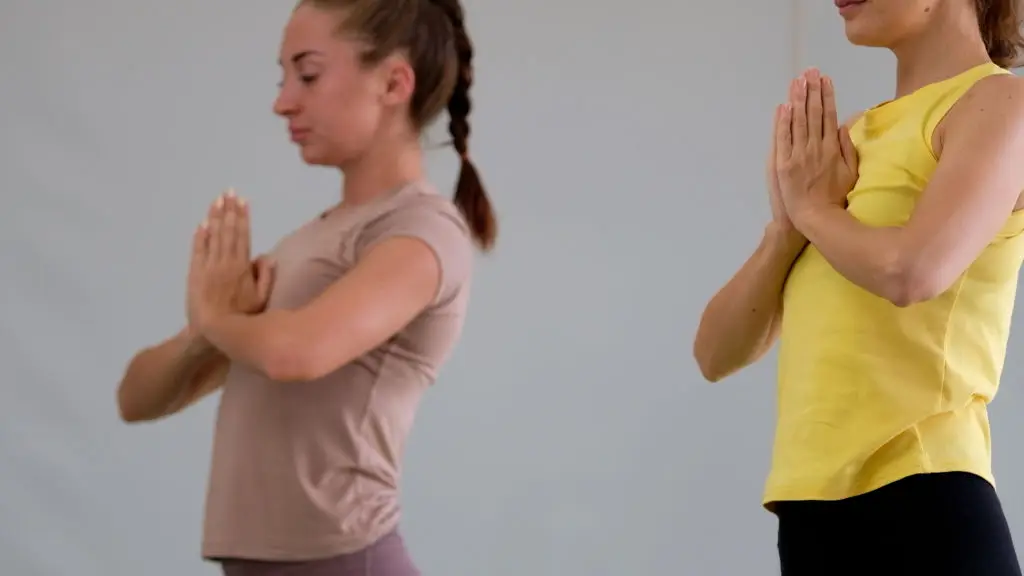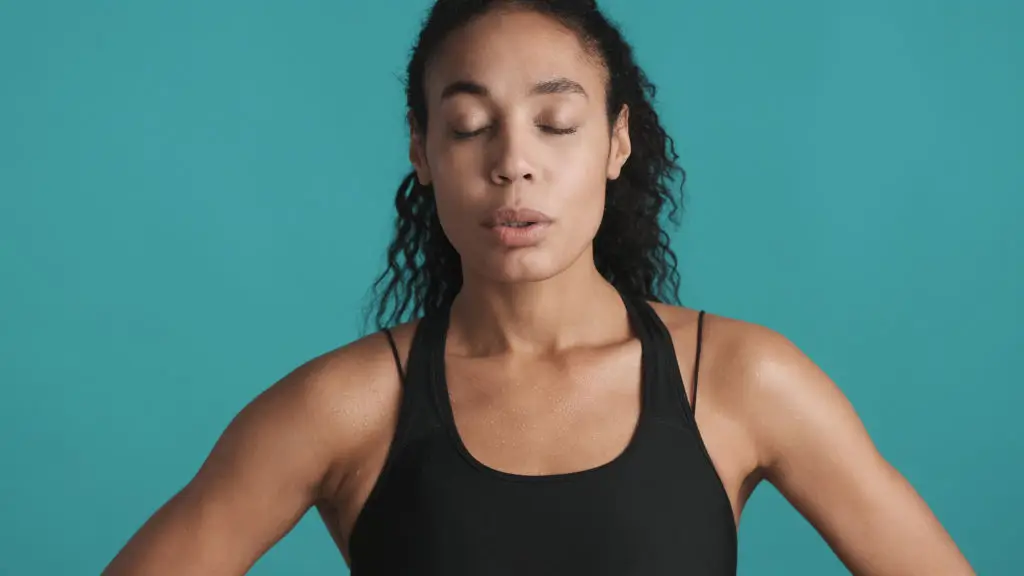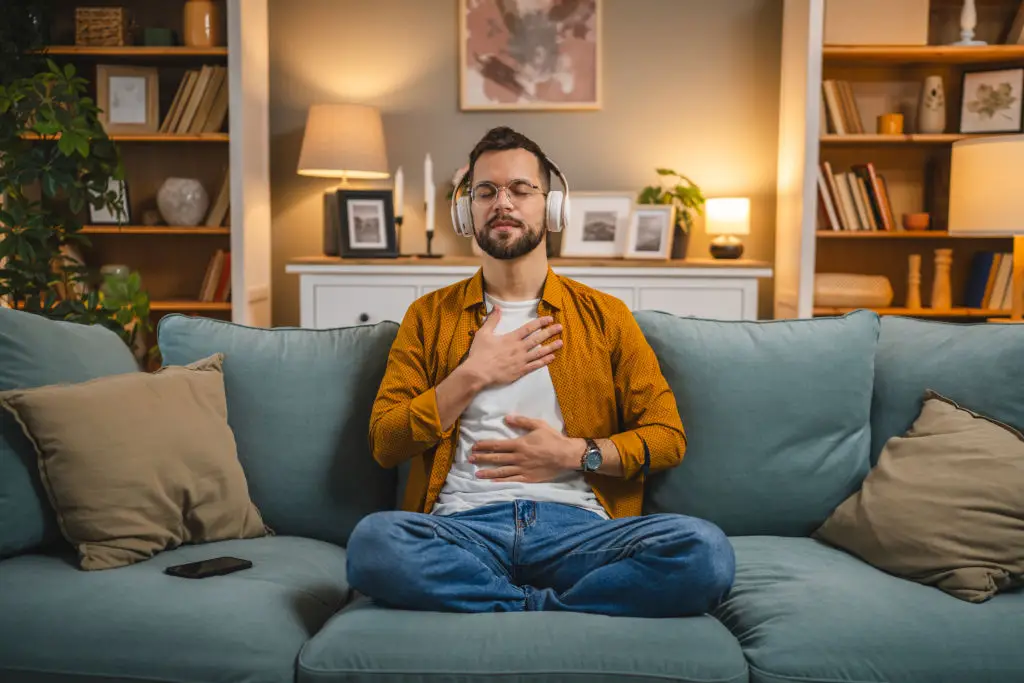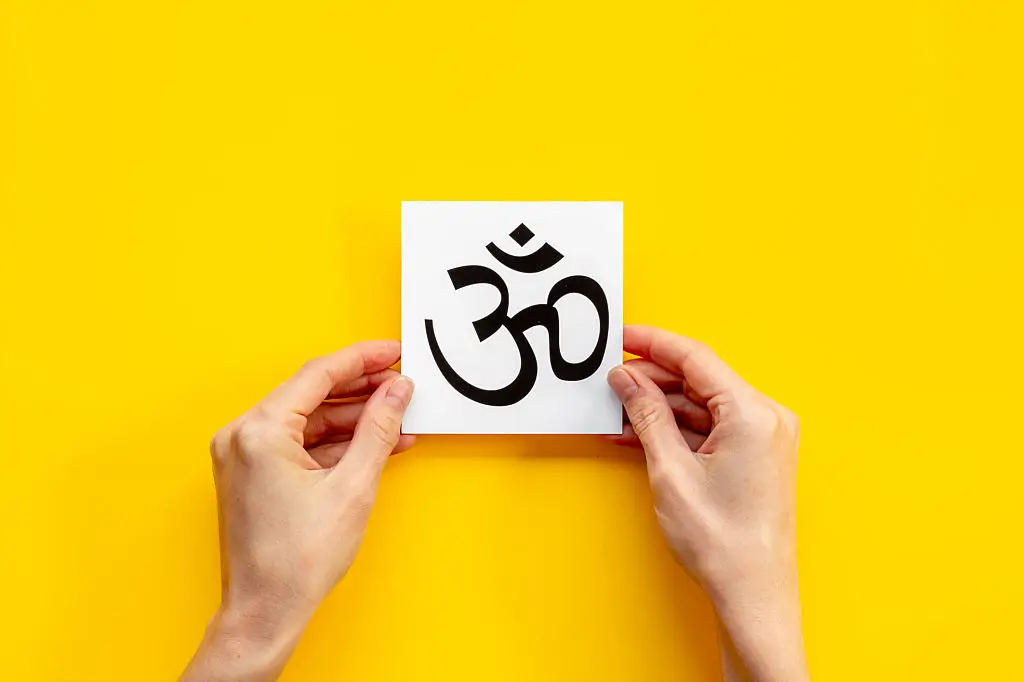11 Micro-Moments to Banish Anxiety in Under a Minute
Feeling anxious and short on time is common, and that impatience doesn’t mean mindfulness won’t work for you. These micro-moments are tiny, practical tools designed to slot into real life: standing in line, waiting for a meeting to start, or during a brief work pause. Each practice takes under sixty seconds and gives your nervous system a quick reset so you can keep moving without escalation. This list blends simple breathing, brief body checks, sensory anchors, and fast relaxation moves, all selected because clinicians and wellness professionals recommend short interventions when longer practice isn’t possible. Try a few and notice which ones land easily for you. No deep silence required. No special gear. Just small, repeatable steps that respect your time and temperament. Expect modest but immediate shifts in how your body holds stress; repeated use over days strengthens the effect. Use the “where to use” tips to make the practices habitual, and treat results as small wins rather than dramatic transformations. If anxiety feels overwhelming or persistent, reach out to a clinician for guidance. Otherwise, pick a favorite micro-moment from this list and try it the next time your heart races or your thinking tightens. These are gentle, practical ways to bring presence back into a busy minute.
1. Box Breathing (30 seconds)

Box breathing uses a simple 4-count pattern that helps calm the nervous system quickly. Sit or stand with a straight spine. Inhale through your nose for a slow count of four. Hold your breath gently for four counts with soft attention. Exhale fully for four counts, then hold again for four counts before repeating. Do this cycle three times and notice the heart rate settle and the mind slow. Short bursts of paced breathing reduce the “fight-or-flight” signal and give you a reliable anchor when your thoughts race. What to expect: a calmer sense of focus and slightly slower breath. Tip: use box breathing before a stressful call or while walking to your next appointment. Clinician note: paced breathing is commonly recommended by therapists as a fast anxiety regulator.
2. Single Slow Exhale (20 seconds)

When anxiety spikes, a single elongated exhale can quickly lower physical arousal. Stand or sit upright and inhale gently for a comfortable count of three. Then exhale slowly through your mouth or nose for a count of six or seven, making the out-breath noticeably longer than the in-breath. Repeat this pattern two or three times. The longer exhale nudges the parasympathetic nervous system, which supports relaxation and a steadier heart rhythm. This move works well when you need to interrupt a tight moment without drawing attention. What to expect: a slight easing in muscle tension and clearer thinking. Tip: use this fix right after hearing unexpected news or while waiting for an elevator. Clinician note: many anxiety-management strategies emphasize extending the exhale as a quick calming tool.
3. 4-7-8 Mini (40 seconds)

The 4-7-8 pattern is a vagal-friendly breath that promotes calm; for a micro-version keep it brief. Inhale quietly through your nose for four counts. Hold gently for seven counts, then exhale steadily for eight counts. For time-pressed use, do one to two full cycles. That single, full cycle can interrupt anxious spirals and help your body move toward rest. It’s discreet enough for a desk or the car and effective because it emphasizes the hold and the long out-breath. What to expect: a grounded feeling and slower mental tempo. Tip: try this before stepping into an important conversation or when you notice physical signs of stress. Clinician note: the 4-7-8 pattern is often recommended by breathwork teachers and relaxation specialists as a quick reset.
4. 5-4-3-2-1 Grounding (45 seconds)

Grounding by naming sensory details helps pull attention away from worry and back to the present. Look around and name five things you can see. Then notice four things you can physically feel, three sounds you can hear, two smells (or imagined smells), and one thing you can taste or a single steady breath. Move deliberately through these steps without judging your experience. This method shifts your brain’s focus from future-based fear to immediate input, reducing anxiety quickly. What to expect: clearer senses and decreased mental spinning. Tip: use this while waiting at a doctor’s office or when your mind jumps to worst-case scenarios. Clinician note: grounding exercises are widely used in therapy for rapid emotional regulation.
5. Shoulder Unclench & Roll (25 seconds)

Tension often sits in the shoulders and neck; releasing it changes how you feel. Sit or stand comfortably and take a gentle inhale. On the exhale, lift both shoulders toward your ears, hold briefly, then roll them back and down with a smooth motion. Repeat this two to three times, coordinating movement with breath. You can add a soft sound-free exhale to amplify the release. This physical cue interrupts the body’s stress posture and signals safety to your nervous system. What to expect: lighter shoulders and easier breathing. Tip: do this after long screen time or when you notice jaw clenching. Clinician note: movement-based micro-practices reduce muscle tension linked to anxiety symptoms.
6. Focused Listening (35 seconds)

Direct your attention to sounds around you for a quick present-moment check-in. Close your eyes if comfortable. Notice three distinct sounds without labeling them as good or bad. Let each sound arrive and pass. Keep the attitude curious, not reactive. This practice trains attention and pulls you away from anxious storylines that live in the mind. It’s particularly useful in busy environments where silence isn’t possible. What to expect: a break from ruminative thinking and a calmer inner atmosphere. Tip: try focused listening during commute waits or while standing in line. Clinician note: sensory-focused attention is a core element in many mindfulness programs for anxiety reduction.
7. Micro Body Scan (50 seconds)

A quick head-to-toe check helps you notice tension and choose one small release. Close your eyes briefly. Bring attention to your forehead, jaw, neck, shoulders, belly, hands, and feet in quick succession. At any point you notice tightness, soften that area with an exhale. Keep the scan steady and kind, avoiding judgment. This short practice increases interoceptive awareness and gives you control over physical reactions to stress. What to expect: greater ease in specific tight spots and a steadier breath. Tip: use this right after a tense meeting or during a brief privacy break. Clinician note: shortened body scans are often suggested as portable alternatives to longer meditations.
8. Sip-and-Savor Breath (25 seconds)

Using a sip of water or tea as an anchor makes mindfulness feel ordinary and quick. Hold a small sip in your mouth and notice its temperature and texture. Swallow slowly while taking a soft inhale and a slow exhale. Pay attention to the sensations of the throat and chest as you breathe out. The combined sensory cue and breath shift attention and relax the body. What to expect: immediate grounding and a sensory anchor to break anxious loops. Tip: keep a small bottle at your desk or in your bag for this quick reset. Clinician note: pairing breath with a physical anchor improves attention for many people.
9. One-Word Mantra (15 seconds)

Pick one calm word like “steady,” “soft,” or “here.” Breathe naturally and gently repeat the word silently with each exhale for five to eight breaths. Keep the tone neutral and steady; no force needed. The mantra gives the mind a single, soothing focus and reduces the tendency to chase anxious thoughts. Because it’s silent, it’s perfect for public places. What to expect: a quieter inner dialogue and improved focus. Tip: choose a word that feels believable and kind to you. Clinician note: brief mantra repetition is a recognized attentional strategy in contemplative and therapeutic practices.
10. Visual Anchor (30 seconds)

Find a simple, calming visual: a blue patch of sky, a plant leaf, or a point on a wall. Soften your gaze and notice color, shape, and small details without naming them. Breathe slowly while you look and let your peripheral vision widen. This soft visual focus eases cognitive intensity and reduces adrenaline-driven tunnel vision. It’s especially helpful when screens or confrontation make thinking sharp and anxious. What to expect: a gentler visual field and calmer posture. Tip: keep a small plant or a calming photo nearby for easy access. Clinician note: visual anchors are often used to support relaxation during stress exposure.
11. Mini Progressive Relax (45 seconds)

Quick tension-release cycles for major muscle groups can produce fast relief. Tense your fists and forearms tightly for three seconds, then release fully while exhaling. Next, shrug and tense shoulders briefly, then drop them with an out-breath. Finish by tightening jaw and neck for a short hold, then soften. Each squeeze-and-release trains your body to let go on command and reduces background muscle tightness tied to worry. What to expect: a noticeable drop in bodily holding patterns and easier breathing. Tip: use this discreetly at your desk or in a private spot before a high-pressure task. Clinician note: progressive tense-and-release techniques are well-established tools for quick physical relaxation.
Wrap-Up: Make Tiny Moments Count

Micro-moments give you practical ways to lower anxiety without rearranging your whole day. Start by choosing two to three micro-practices that feel natural and test them for a week. Track when you used them and how you felt afterward; small wins build confidence. Remember that brief practices aren’t a substitute for longer treatment when anxiety interferes with daily life, but they are powerful tools for immediate relief and for keeping small stressors from growing larger. Use contextual cues—like finishing a meeting, standing in line, or hearing your phone ring—to prompt a micro-moment. Over time, these tiny resets can reduce the frequency and intensity of anxious spikes by teaching your nervous system how to shift toward calm more quickly. Be patient with the process while honoring your impatience; these practices are designed for people who prefer quick, effective actions. If anxiety is persistent or severe, consider reaching out to a licensed therapist. Otherwise, carry a couple of these micro-moments with you and let them become simple habits that support steadier days and gentler nights.